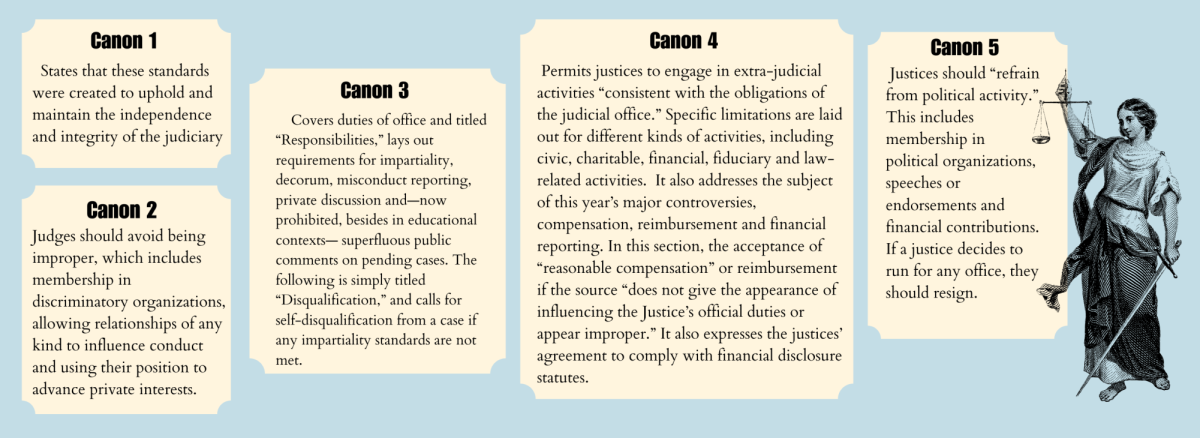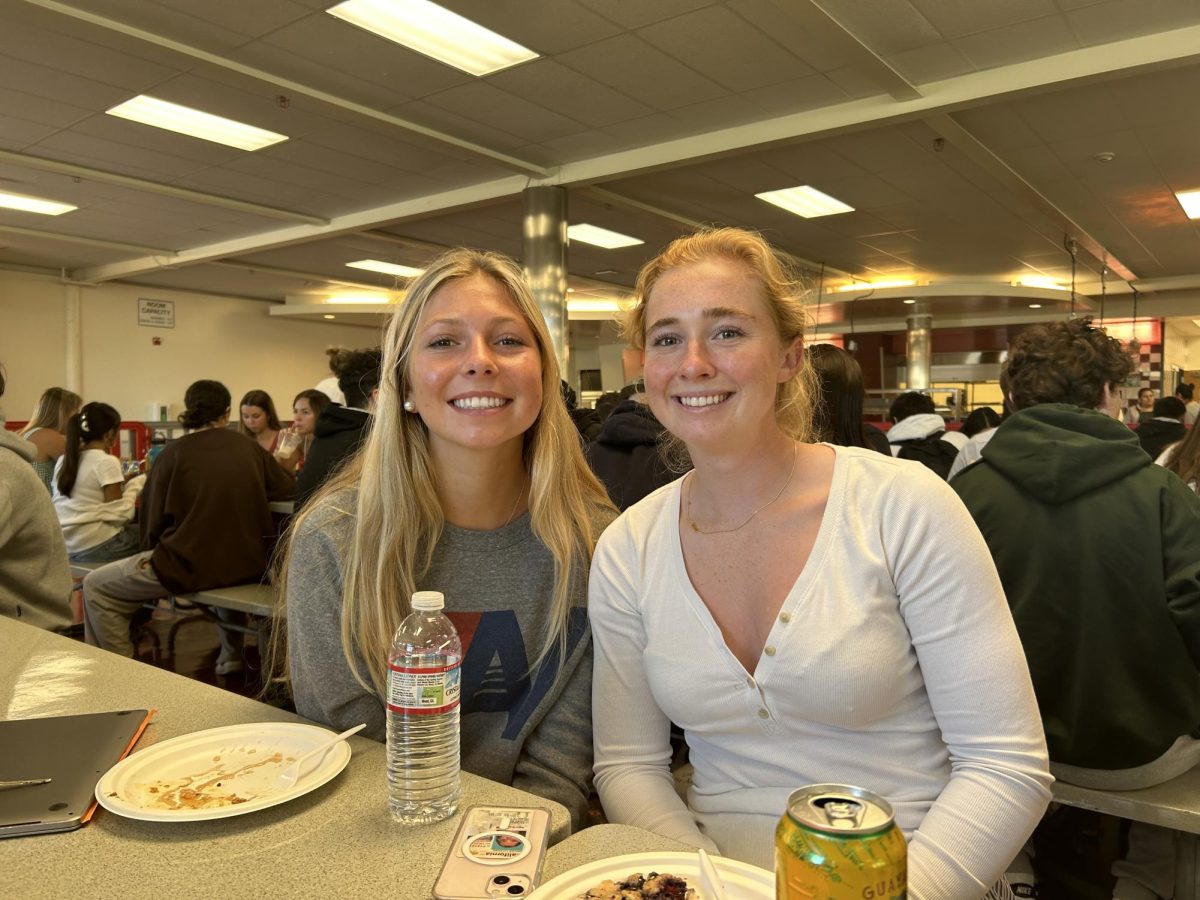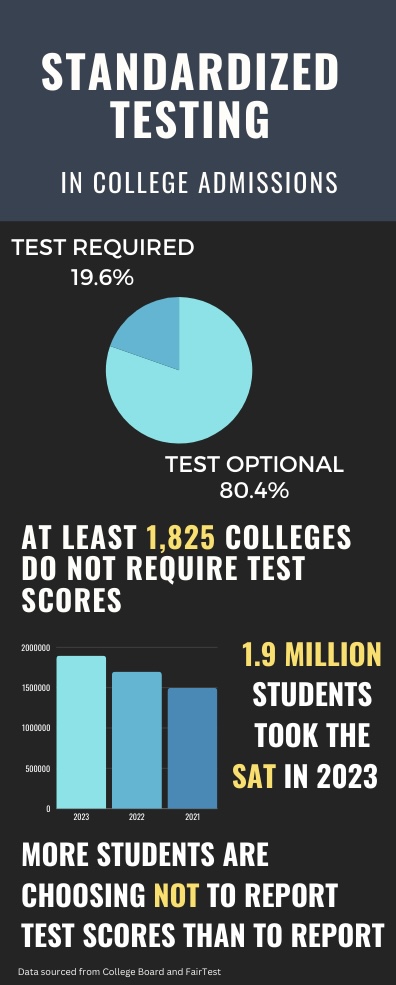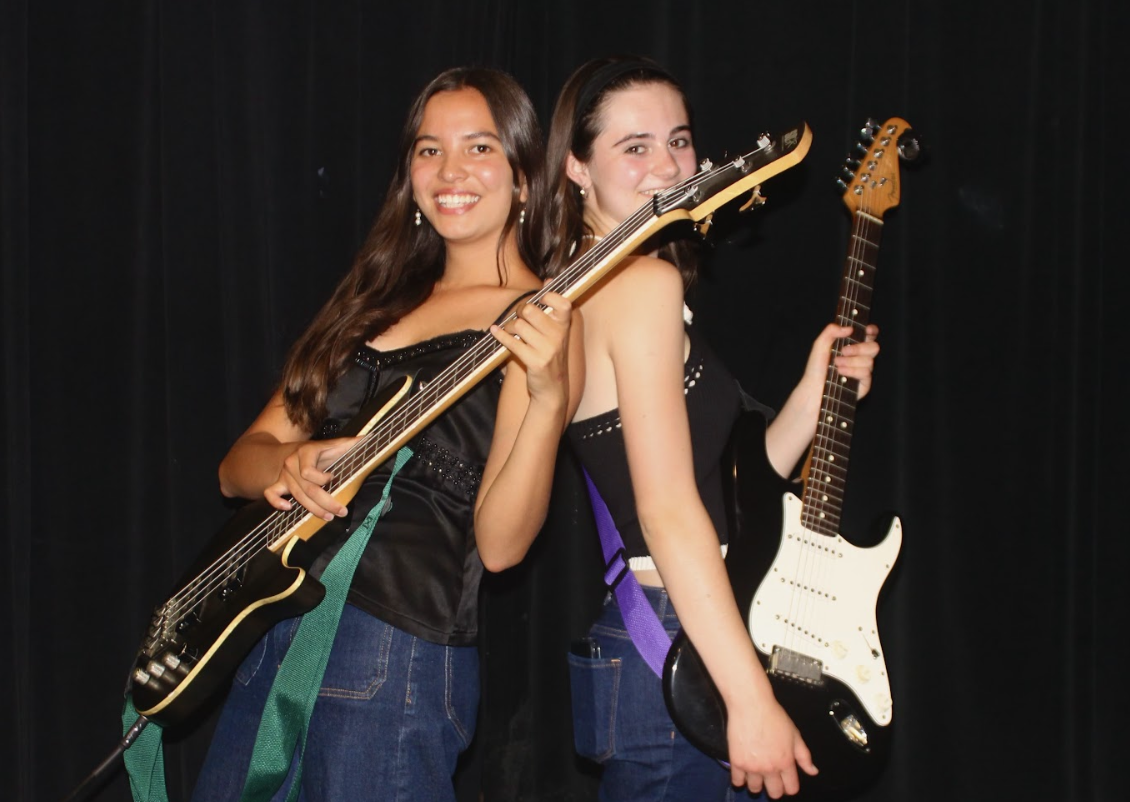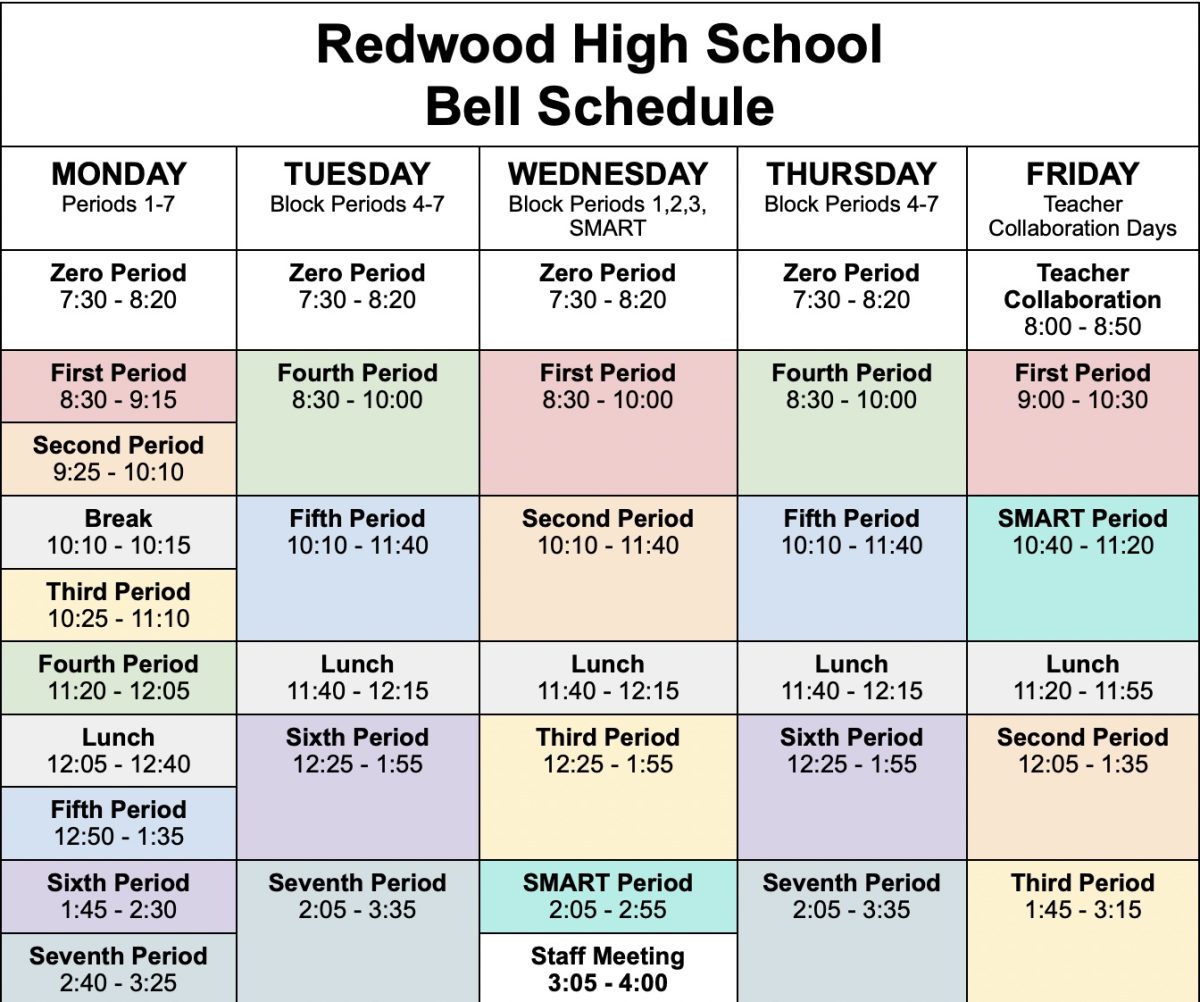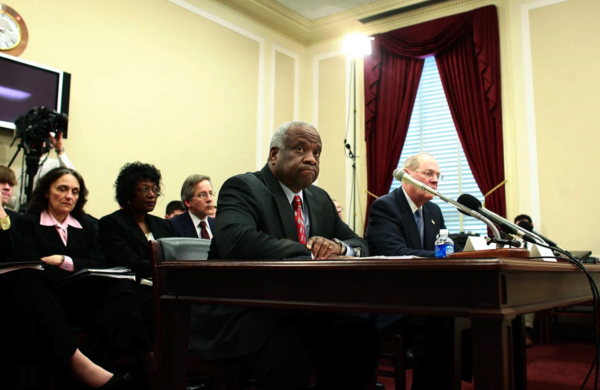
On Nov. 13 the Supreme Court publicized a new code of ethics written by and for its justices. The court recently experienced scrutiny for scandals, namely that of Justice Clarence Thomas. Thomas came under fire for accepting gifts from business executives and GOP donors, for being married to a right-wing activist present at the Jan. 6 Capitol Riots and for untruthfully reporting his taxable income.
Justice Samuel Alito also received criticism for similarly lavish behaviors, including an unreported trip with a hedge fund billionaire and allegations of sharing a case ruling early in 2014.
Until this new code’s publication, the Supreme Court operated as the only court in the United States without any code of conduct.
Bay Area resident and former Judge Hannah Rose, who served in administrative law in California before retiring, found the new ethics code less strict than the codes she had followed during her time on the bench.
“The ethics codes I followed had mandates: ‘You shall do something,’ ‘You shall not do something,’ meaning you are explicitly forbidden or restricted from doing certain things, and if you crossed those lines, you were subjected to punitive consequences. You might be put on probation, you might be suspended, you might be disbarred from the State Bar or you just may be removed from the bench or your position as judge,” Rose said. “The striking thing about the Supreme Court code of ethics is the repeated use of the word ‘should’. A judge ‘should’ self disqualify from certain cases, but there’s no consequence if they don’t.”
Michael Waldman, the president of the Brennan Center for Justice, a law and policy institute, published an analysis of the code shortly after its publication, criticizing the code’s policy on the recusal of justices from cases involving conflicts of interest.
“The idea behind an ethics code is simple: nobody is wise enough to be the judge in their own case. Yet the justices will still judge themselves. There is no mechanism to enforce the code— no arbiter to enforce, apply, or even interpret these rules,” Waldman said. Waldman isn’t the only one who shares this opinion. Rose also reflected on what this code of ethics signifies to the public, considering its limited powers as a suggestion rather than a mandate.
“Fundamentally, [the code] doesn’t carry much weight, and exists to perpetuate the image of an unbiased judiciary that is sitting neutrally and fairly giving hearing to the parties,” Rose said.
Although there is no real method of enforcement in the code, it does give the media a little more meat to critique a justice who might appear to step beyond the bounds of these ethical limitations.
Ultimately, while further edits to account for public concerns may be made to the policy, Rose feels that firm standards of legal ethics do exist on the local level where many peoples’ experience with the court system begins and ends.
“I have a lot of hope for the system of our federal courts, our state courts, our criminal courts where most people interact with the judicial system. I think those are the real judges of the people, and from experience, they work very hard to do it right,” Rose said.







